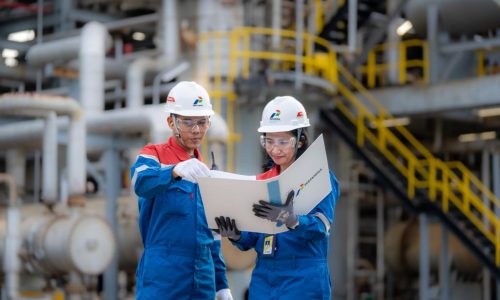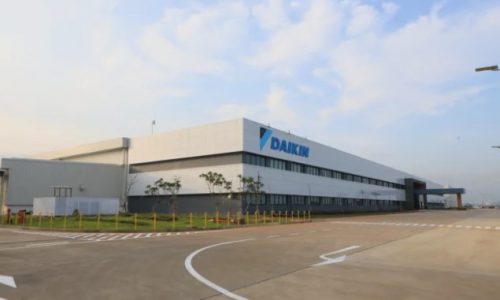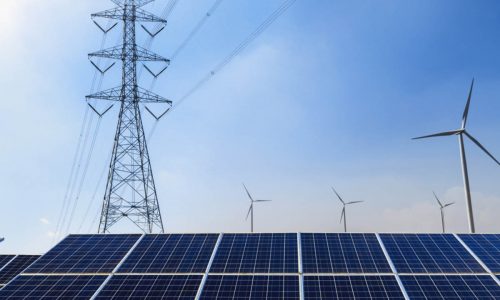The Ministry of Industry is actively promoting the development of downstream aluminum industries, despite minimal investment interest and production expansion from existing smelters.
According to ministry data, Indonesia currently has only two aluminum smelting industries with a combined input capacity of 1 million tons. However, the ministry aims to achieve a production capacity of 1.5 million to 2 million tons of aluminum by 2025.
Director-General of Metal, Machinery, Transportation Equipment, and Electronics Industry (Ilmate) at the Ministry of Industry, Taufiek Bawazier, emphasized the significant value-added potential from bauxite to alumina to aluminum, warranting increased investment.
Taufiek highlighted the importance of quadrupling the capacity of entities like PT Indonesia Asahan Aluminium (Inalum) to nearly 1 million tons of aluminium per year to meet the demand. This expansion is crucial for embracing renewable energy and catering to aluminium-intensive projects like solar panels, which offer a substantial increase in value-added potential.
Moreover, aluminum plays a vital role in downstream products, particularly in food packaging and other everyday necessities. Taufiek urged support from the Investment Coordinating Board (BKPM) to guide investments comprehensively, ensuring complete downstreaming.
Presently, domestic aluminium smelting industries have a combined input capacity of 1 million tons per year, with 500,000 tons produced by PT Indonesia Asahan Aluminium (Inalum) and the remaining 500,000 tons imported by PT Hua Chin Aluminium Industry.
Inalum plans to increase its production capacity to 2.45 million tons of aluminium by 2030. Meanwhile, PT Hua Chin Aluminium Industry is constructing a smelter with a capacity of 500,000 tons. Additionally, PT Bintan Alumina Indonesia and PT Kalimantan Aluminium Industri are slated to construct aluminium smelters with capacities of 2 million tons each by 2027, pending feasibility studies.









